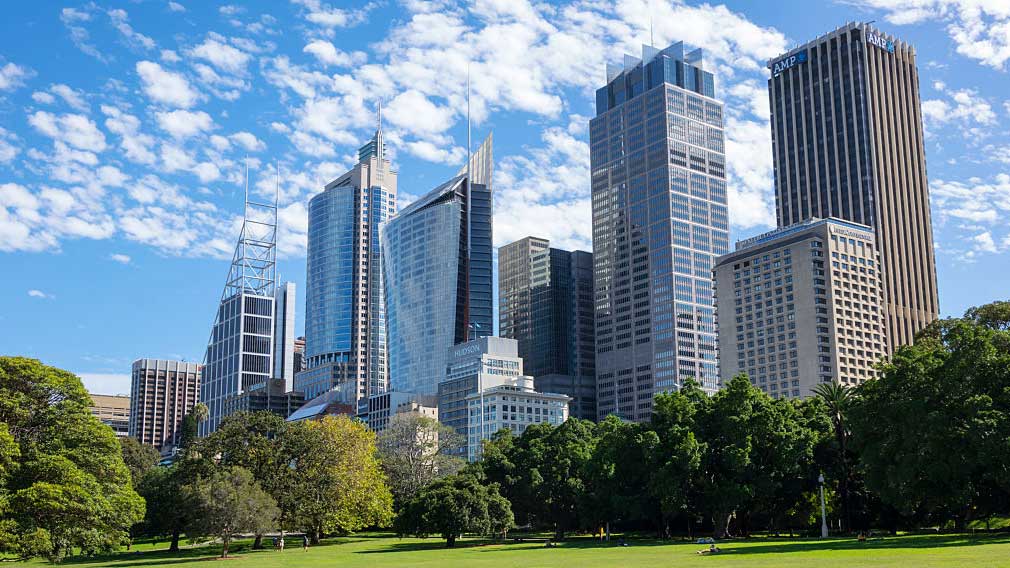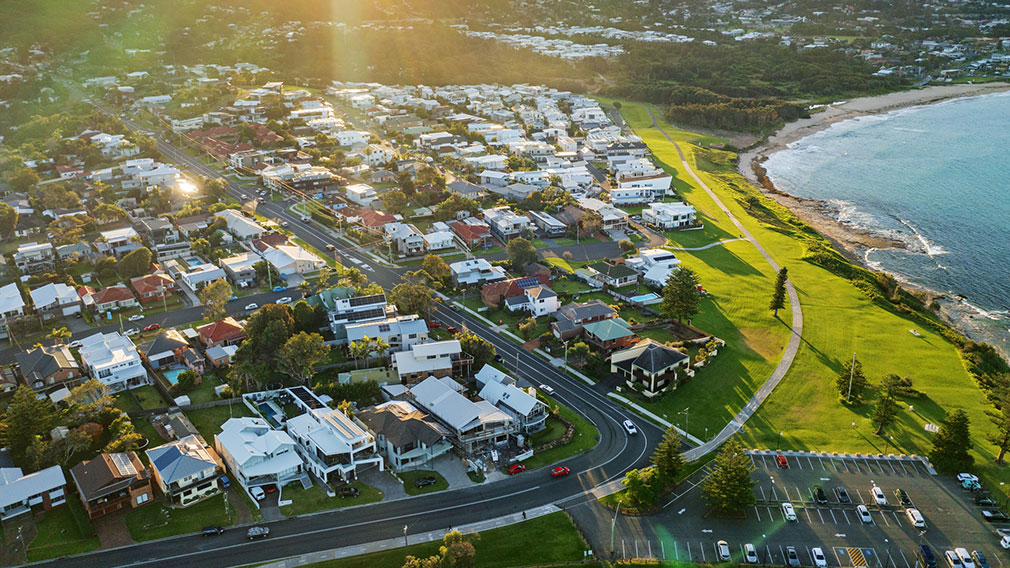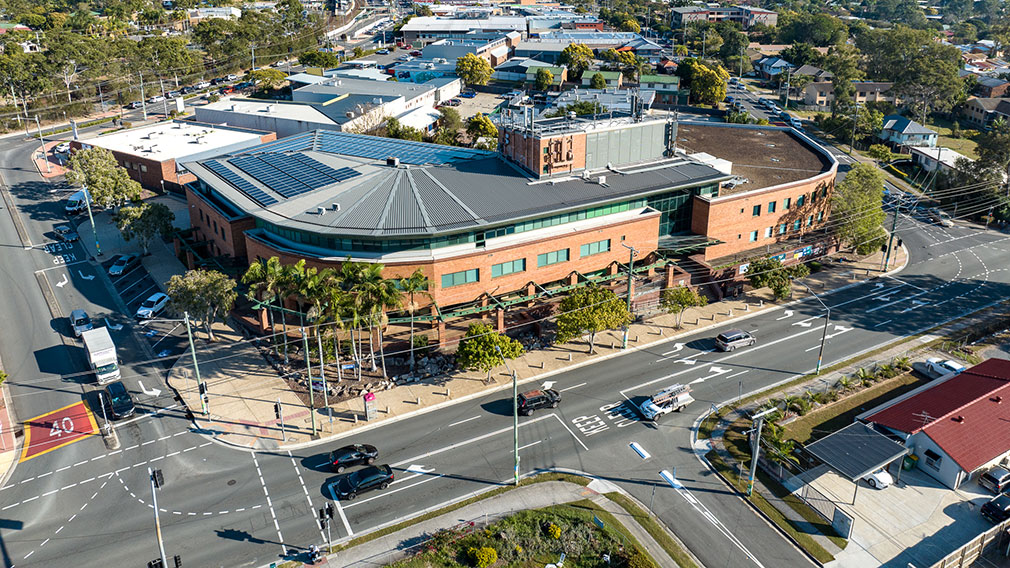Navigating commercial property puzzle

Commercial property opportunities lie in looking at some of the markets that have underperformed in recent years. (Getty Images)
Frank Allen, director of property markets at Westpac Institutional Bank, says this year shapes as a balancing act as investors weigh up variables such as the extent of compressing yields in previous years and possible interest rate hikes.
“I still think commercial property is a good investment – just don’t expect the double-digit returns that have come through during the past few years,” says Allen.
There is no doubt investors have been drawn to commercial property in recent years. Healthy yield spreads between commercial property returns and the 10-year bond rate – even with a spike in the bond rate last October – highlight the attractiveness of property for investors.
However, Allen says the great unknown this year, especially given uncertainty around the impact of a Trump presidency on global markets, is if market interest rates will continue to lift and, if so, where they will stop?
Last year, property forecaster BIS Shrapnel predicted Sydney office rents would surge 90 per cent by the end of 2018 as part of a power shift back to landlords. With incentives forecast to fall significantly, effective rents are predicted to possibly double from $570 to $1100 per square metre.
While not as bullish, Allen endorses the upbeat forecast for Sydney offices due to rising tenant demand and limited supply coming through in the next couple of years given that the inner-city Barangaroo project has been completed. However, he expects limited compression of yields in the city following strong compression during the past three years.
The lack of supply concern is also held by the Property Council of Australia. Chief executive Ken Morrison commented in the council’s latest Australian Office Market Report that Australia’s “divergent office markets are about to be hit with a super-cycle of low supply” as modest CBD office space comes online in the next few years.
The report adds that the Sydney and Melbourne CBDs – with vacancy rates of 6.2 per cent and 6.4 per cent, respectively – continue to be exemplars of strong office market performance.
Demand for office space grew more than five times the historical average in Brisbane during the six months to January 2017, the Property Council report states, and vacancies fell despite the addition of 1 William Street to the Brisbane skyline.
Allen says the result demonstrates that “opportunities lie in looking at some of the markets that have underperformed in recent years”. There are signs that the Queensland capital has reached the bottom of the cycle in terms of vacancy rates and tenancy demand should start to pick up, creating extra value for investors. However, with the CBD vacancy rate at about 15 per cent, it may take some time to fully rebound.
According to Allen, Melbourne remains the “steady performer” of all the markets on the back of a healthy economy and government initiatives to entice businesses to the state. Yet yield compression has been significant in recent years and is unlikely to continue.
Allen says the Perth commercial property market should be very close to, if not at, the bottom of its cycle after price falls and yield compression in recent years. One concern is that there appears to be little in the pipeline to replace mammoth resources projects such as the Gorgon and Wheatstone LNG projects, but this has been the case for some time and sentiment looks to be rising, which is a positive.
Elsewhere, Canberra is performing well, but has a reasonably high vacancy rate, while Adelaide is likely to remain quiet.
With uncertainty around the likely impact of a Trump presidency on global markets and ongoing fears about the Brexit effect on London, Australia continues to be on the radar of international property investors. It has a strong record of economic growth and low sovereign risk.
Savills Australia’s latest commercial property research showed that $26.9 billion was spent in the 12 months to December. With foreign investors again dominating with spending of more than $10bn, or 39.5 per cent, of the market, Savills’ national head of research Tony Crabb commented in a media release that “there seems little doubt that both local and offshore investor demand will deliver another year of outstanding growth in 2017, the only qualification being a possible lack of stock”.
Recent yield compression in Australian property notwithstanding, Allen believes investors from international markets such as the United States, China, Canada, Germany and Sweden will still look favourably at the Australian commercial property market this year.
“They’ll ask ‘what’s wrong with a 4.5 to 5 per cent yield because in London, for example, it’s paying 3.5 per cent,” he says. “So I think we’ll still see international investors looking very closely at our major markets.”
The articles represent the views of the authors and not necessarily that of the Bank. You should seek independent professional advice before acting on any matters set out in the articles.


